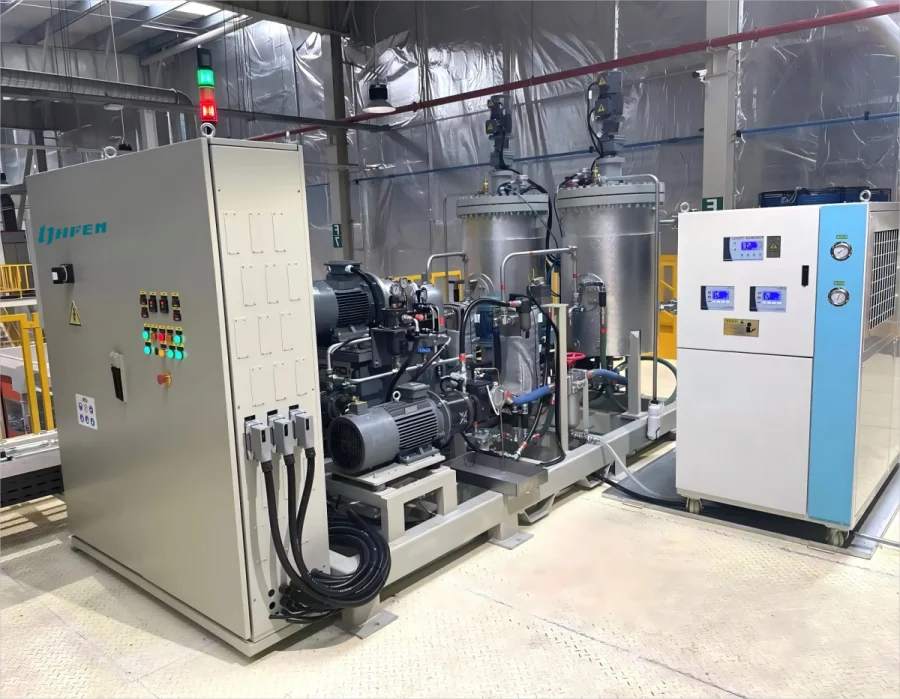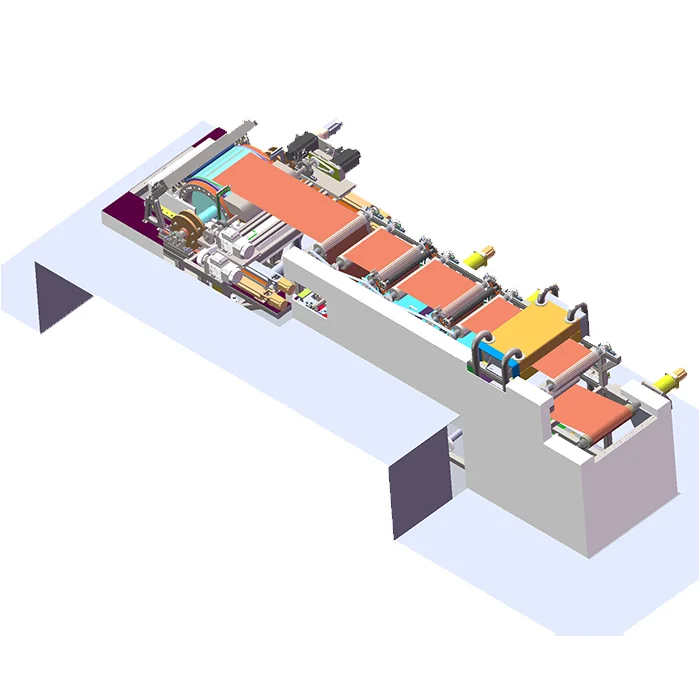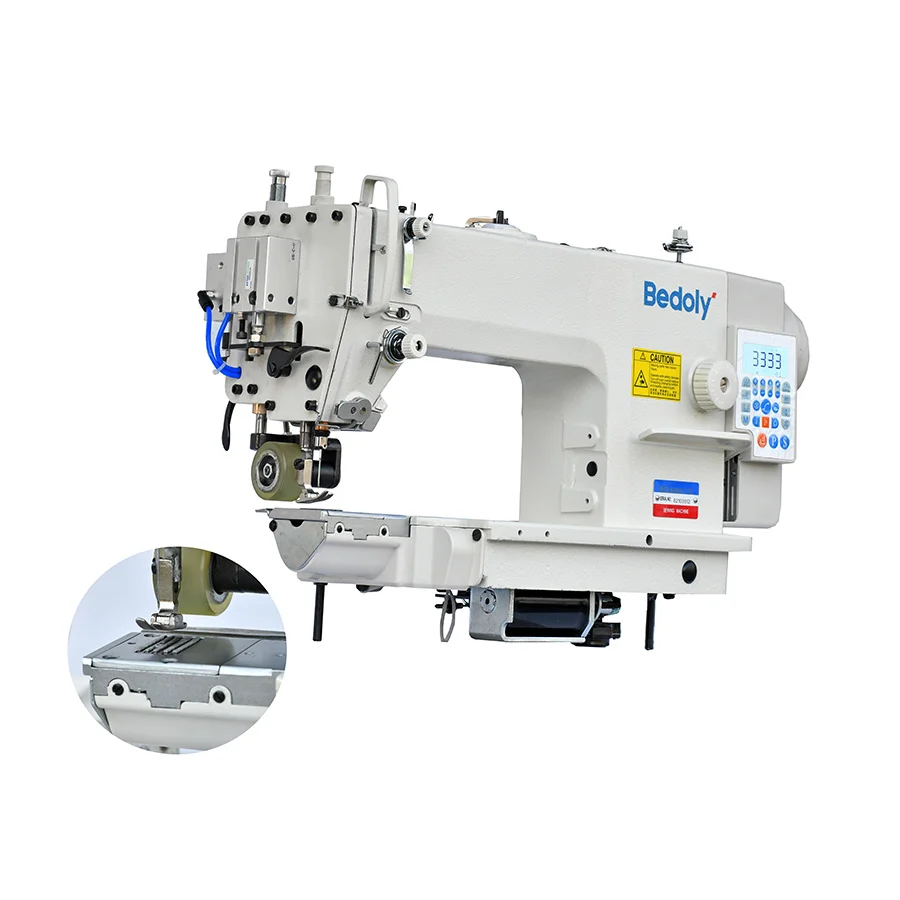Reverse Osmosis Equipment Guide
4 min readReverse osmosis water equipment has transformed how we access clean water. This technology emerged in the 1960s, initially used for desalination. Today, it plays a crucial role in households and industries alike. By removing impurities, reverse osmosis ensures that our drinking water is safe and pure.
Investing in reverse osmosis systems offers numerous benefits. These systems not only enhance taste but also protect against harmful contaminants. With growing concerns about water quality, having reliable equipment is essential. Understanding how this technology works can help you make informed choices for your health and home. Explore the advantages of reverse osmosis and discover why it’s a smart investment for everyone seeking cleaner, better-tasting water.
Key Takeaways
-
Reverse osmosis is a water purification process that removes contaminants, making it essential for clean drinking water.
-
Understanding how reverse osmosis works can help you appreciate the technology behind your water equipment and its benefits.
-
Familiarize yourself with the main components of a reverse osmosis system to ensure you choose the right equipment for your needs.
-
When buying equipment, consider factors like size, capacity, and filtration quality to find the best fit for your home or business.
-
Analyzing costs and potential savings can help you make an informed decision about investing in reverse osmosis systems.
-
Regular maintenance is crucial for efficiency; follow the FAQs section for tips on keeping your system running smoothly.
What is Reverse Osmosis
Definition
Reverse osmosis is a water purification process. It removes contaminants from water by using a semi-permeable membrane. This membrane allows only certain molecules to pass through, blocking larger particles and impurities.
The process begins with water being pushed through the membrane under pressure. As the unfiltered water moves through, harmful substances like bacteria, salts, and chemicals are left behind. The result is clean water that is safe for drinking and cooking.
Applications
Many homes use reverse osmosis systems for clean drinking water. These systems can be installed under sinks or as whole-house units. Offices also utilize these systems to ensure employees have access to safe drinking water.
In addition to residential use, reverse osmosis is common in industries. Factories need pure water for production processes. Food and beverage companies rely on it for quality control. Hospitals use reverse osmosis to provide sterile water for medical procedures.
Effectiveness
Reverse osmosis effectively treats both well water and city water supplies. Well water often contains higher levels of minerals and contaminants. RO systems can remove these impurities, improving overall water quality.
City water supplies may also have issues with contamination. Chemicals used in municipal treatment can leave residuals in tap water. Reverse osmosis filters out these chemicals, providing safer options for consumers.
The effectiveness of RO systems lies in their ability to reduce total dissolved solids (TDS). TDS includes salts, metals, and other substances found in unfiltered tap water. Many quality RO filtration systems can reduce TDS levels by up to 95%. This ensures that the filtered water is not just clear but also free from harmful elements.
Water Waste
One concern with reverse osmosis systems is the amount of water waste produced during filtration. Typically, for every gallon of purified water, one to three gallons are wasted. This ratio varies based on the system's efficiency and design.
e newer models address this issue by recycling waste water for other uses, like irrigation. Consumers should consider this aspect when choosing an RO drinking water system.
How Reverse Osmosis Works
Filtration Process
A reverse osmosis system involves a multi-stage filtration process. First, water enters the system through a pre-filter. This filter removes larger particles like dirt and sediment. Next, the water moves to the reverse osmosis membrane.
The reverse osmosis membrane is crucial. It has tiny pores that allow only water molecules to pass through. Impurities, including salts, heavy metals, and other contaminants, cannot pass. This stage effectively removes up to 99% of these unwanted substances.
After passing through the membrane, water goes through a post-filter. This filter polishes the water further. It removes any remaining tastes or odors. The result is clean, purified water ready for use.
Role of the Membrane
The reverse osmosis membrane plays a vital role in the purification process. Made from thin film composite materials, it is designed to withstand pressure. Water pressure pushes the unfiltered water against the membrane. As a result, pure water flows through while contaminants are left behind.
Membranes have different specifications based on their application. For example, some membranes target specific impurities like fluoride or chlorine. Others focus on general water quality improvement. Regular maintenance of the membrane is essential for optimal performance.
Collection and Storage
Once purified, water needs proper storage for easy access. Most reverse osmosis systems include a storage tank. This tank holds purified water until needed. Tanks come in various sizes depending on household needs.
Users can access stored water easily through a dedicated faucet. This faucet dispenses filtered water directly from the tank. Some systems even connect to existing kitchen faucets for convenience.
Regularly checking the storage tank helps maintain quality. Users should ensure it remains clean and free of bacteria.
https://www.orisunindustry.com/RO-water-Treatments.html
Orisun Group



